Advice on combining square foot gardening with lasagna gardening.
magnoliasouth
16 years ago
Related Stories
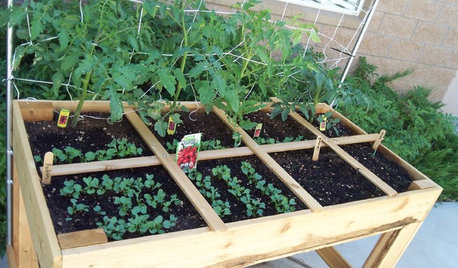
GARDENING GUIDESMaximize Harvests With Square-Foot Gardening
This efficient edible-gardening technique can help people who are short on space
Full Story
SMALL KITCHENSThe 100-Square-Foot Kitchen: One Woman’s $4,500 DIY Crusade
Teaching herself how to remodel, Allison Macdonald adds function, smarter storage and snazzier materials
Full Story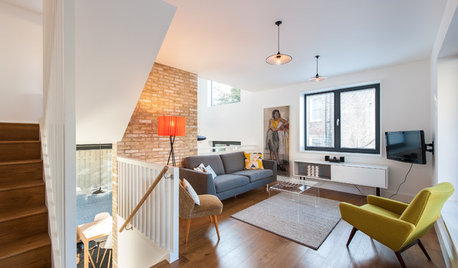
CONTEMPORARY HOMESHouzz Tour: Split-Level Home Uses Every Square Foot
A staircase connects levels that share views and light. The result is separate rooms with an open-plan feeling
Full Story
FARM YOUR YARDAdvice on Canyon Farming From L.A.'s Vegetable Whisperer
See how a screened garden house and raised beds help an edible garden in a Los Angeles canyon thrive
Full Story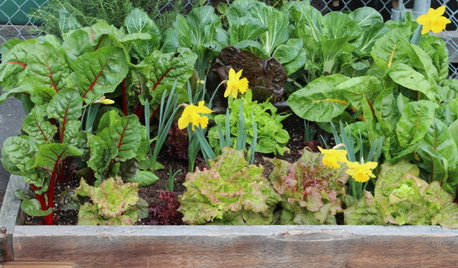
FARM YOUR YARDGrow a Kitchen Garden in 16 Square Feet
Got a sunny 4-by-4 space? You can make meals more interesting with your own vegetables and herbs
Full Story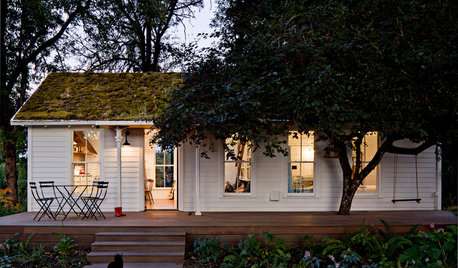
SMALL HOMESHouzz Tour: A Family of 4 Unwinds in 540 Square Feet
An extraordinarily scaled-down home and garden for a couple and their 2 kids fosters sustainability and togetherness
Full Story
DECORATING GUIDES10 Design Tips Learned From the Worst Advice Ever
If these Houzzers’ tales don’t bolster the courage of your design convictions, nothing will
Full Story
THE ART OF ARCHITECTURESound Advice for Designing a Home Music Studio
How to unleash your inner guitar hero without antagonizing the neighbors
Full Story
ROOM OF THE DAYRoom of the Day: An 8-by-5-Foot Bathroom Gains Beauty and Space
Smart design details like niches and frameless glass help visually expand this average-size bathroom while adding character
Full Story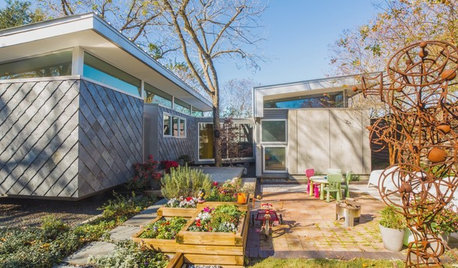
HOUZZ TVHouzz TV: Fun Family Living in 980 Square Feet
In a place known for going big, a family of 4 opts for creative space savers and subtle luxuries instead
Full Story





lindac
magnoliasouthOriginal Author
Related Professionals
Berwyn Landscape Contractors · Dinuba Landscape Contractors · Fair Oaks Landscape Contractors · Fairfield Landscape Contractors · Hawaii Landscape Contractors · Longmont Landscape Contractors · Northport Landscape Contractors · Pikesville Landscape Contractors · The Woodlands Landscape Contractors · Cypress Window Contractors · Dayton Window Contractors · Homestead Window Contractors · Mamaroneck Window Contractors · Milwaukee Window Contractors · Northbridge Window Contractorslindac
magnoliasouthOriginal Author
lindac
sylviatexas1
kristal
sylviatexas1
meldy_nva
mfeveleth
debbie21
brvet2003
Tiffany, purpleinopp Z8b Opp, AL